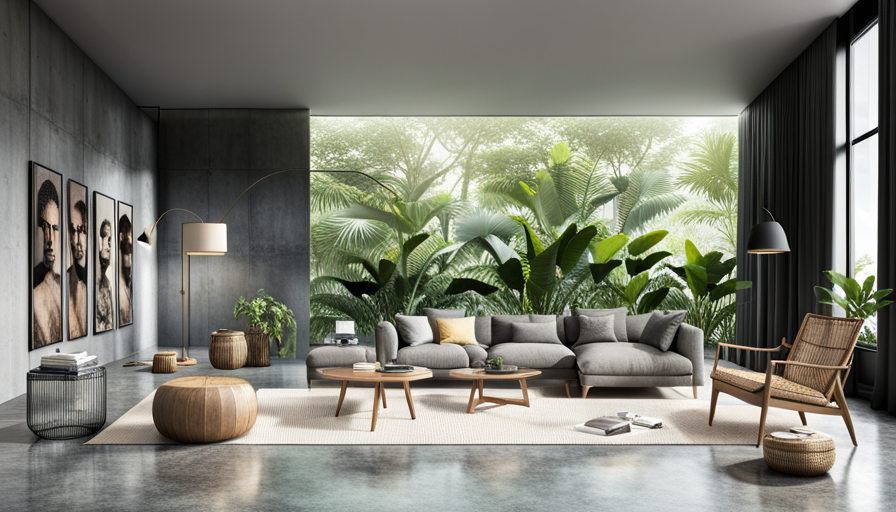How Natural Light Transforms Your Home
Natural light is a critical component that impacts your home’s aesthetics, functionality, and overall ambiance. It creates a sense of openness, enhances colors and textures, and positively affects your physical and mental health. Beyond aesthetics, it reduces the need for artificial lighting, making your home more energy-efficient and environmentally friendly. Impact of Natural Light: Improved Health: Natural light boosts vitamin D production and regulates the body’s circadian rhythm, improving sleep quality. Enhanced Mood and Energy: It increases serotonin levels, reducing stress and promoting happiness. Reduced Eye Fatigue: Compared to artificial light, natural light is gentler on the eyes and provides comfort for extended periods. Aesthetic Value: Natural light highlights colors, textures, and architectural features, enriching your space’s visual appeal. Tips to Maximize Natural Light: Large Windows: Install floor-to-ceiling windows on south-facing walls for maximum daylight exposure. Sheer Curtains: Use light, transparent curtains to allow light to filter through while maintaining privacy. Strategic Mirrors: Position mirrors opposite windows to reflect and amplify the natural light throughout the room. Skylights: Add ceiling windows to brighten darker areas such as hallways and bathrooms. Light Walls and Ceilings: Use white or light tones to reflect more light and make spaces feel brighter and larger.




